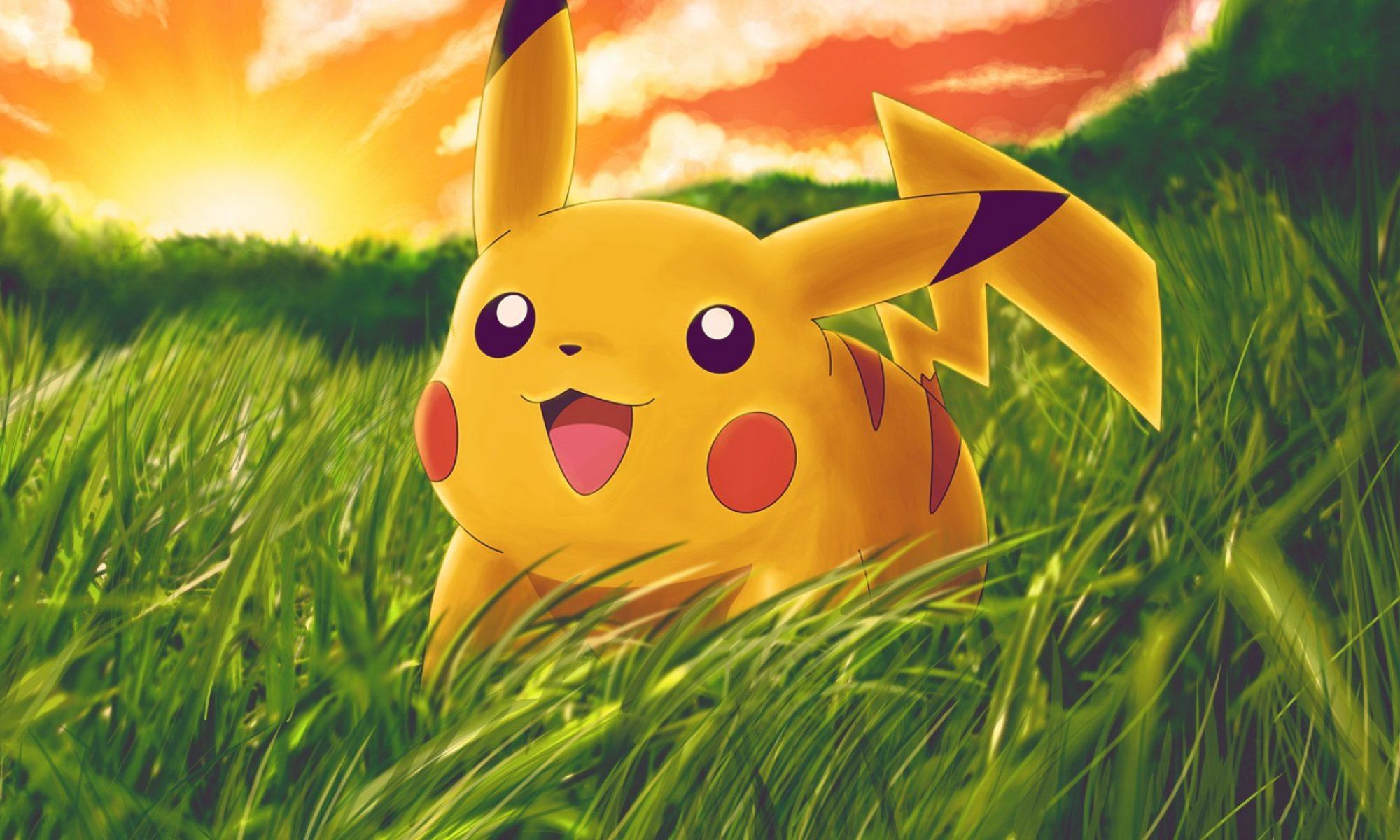By Matt
When you played the first few games, there really wasn’t a thing such as gender difference, where one gender of the Pokemon will look slightly different than the other. This new aspect debuted with the Sinnoh Region (Generation IV), in the Pokemon Diamond and Pearl games. Each gender has its own marks, but this is not true for every Pokemon. The entire list can be found at
http://www.serebii.net/blackwhite genderdifference.shtml.
When certain Pokemon are found to have gender differences, it is most likely that their evolved forms have gender differences as well. They are not too easy to notice; one must have a very observant eye to note these. If you come across them, both genders can be recorded in your Pokedex.
In my SoulSilver version, I was able to compare some Pokemon in the Pokedex with the “Compare” function. Also, when observing gender differences, it may not be in the Pokemon’s front view that looks different; it may obvious to see when you’re battling with it and it’s on your side, like Bidoof. The male’s tail is more detailed than the female’s.
Something I didn’t know about Pikachu was that its gender difference is very obvious in battle. A female Pikachu will have a dent on the middle of its tail, making it look like a heart. Since Ash’s Pikachu in the TV series is, indeed, a female, I was surprised that it (she) did not have a heart-shaped tail. But keep in mind that this happened in Generation IV, and I stopped watching the show well before that.
I would say that the creators of Pokemon would want to make connections to real life by showing it through their Pokemon. We know that many species of birds have differences in their feather colors, or parts of their bodies. This can be shown through Doduos and Dodrios. The males will have black colored necks, while the females are shown to have brown colored necks. To a more noticeable extent, male Unfezants have a red mask and a green body, while female Unfezants have a brown body and no mask. (One could trace Unfezant’s name origins back to the Renaissance. In French, however, and not Italina, Unfezant translates to “a pheasant”, which is what an Unfezant is.)
It’s amazing that I did not get the time to see all these changes. When I was breeding Buizels for the right nature and found a female with the right nature, I did not notice that it had only one oval mark on its back, compared to its male counterpart, which has two. (The same applies for Floatzel, too.) Hippopotas and Hippowdon have differences in color. The male Hippopotas is light brown with brown spots, and the female one is brown with light brown spots. It kind of reminds me of that questions about zebras: is it white with black stripes, or black with white stripes? (Blitzle and Zebstrika have no gender differences, by the way!) For Hippowdon, the difference is much easier to see. The male retains some of its light brown color with its new gray color, which can be seen from the front, while the female is completely gray with no brown. Gender differences can be good or bad, it’s just the way you look at them that matters.
Tags: Hippowdon, Nintendo DS, Pikachu, Pokemon Black & White, Unfezant, Zebrastrika
